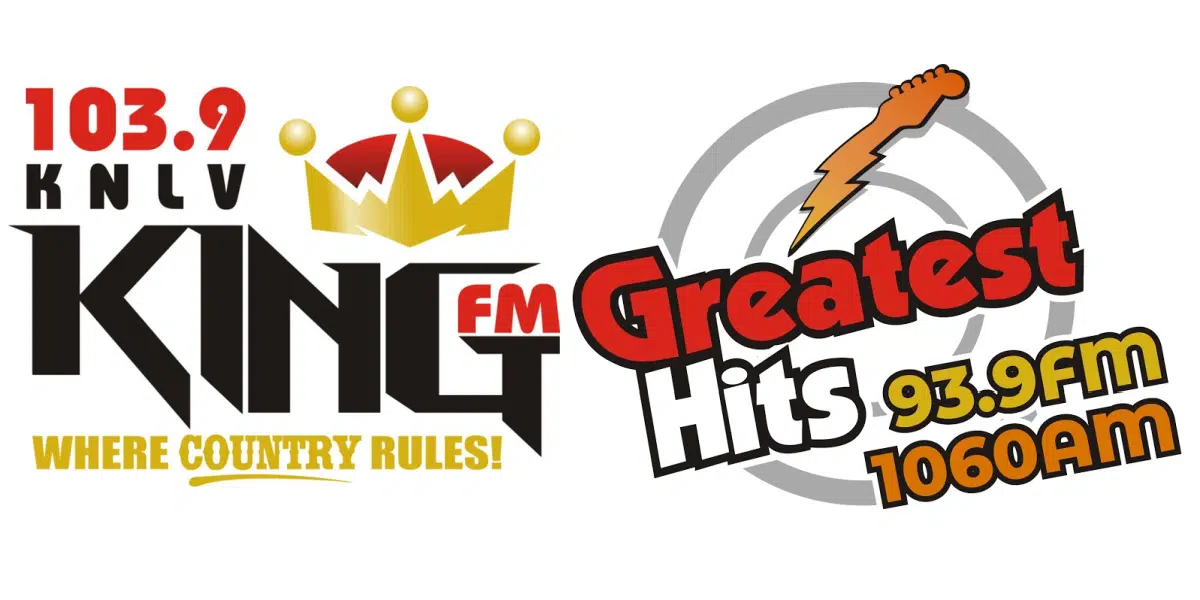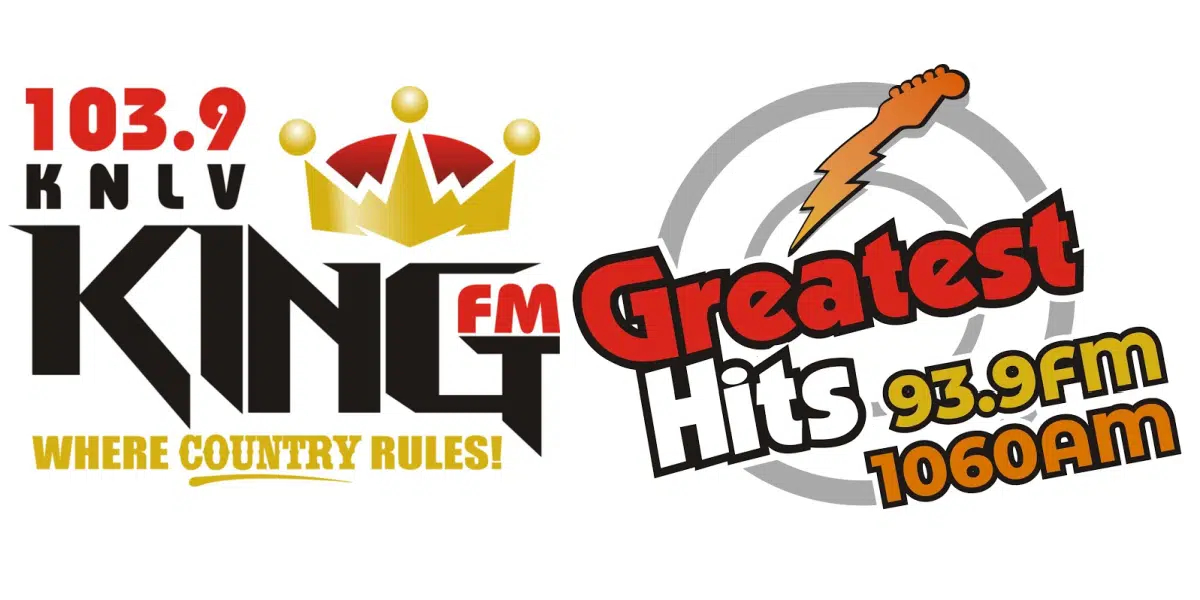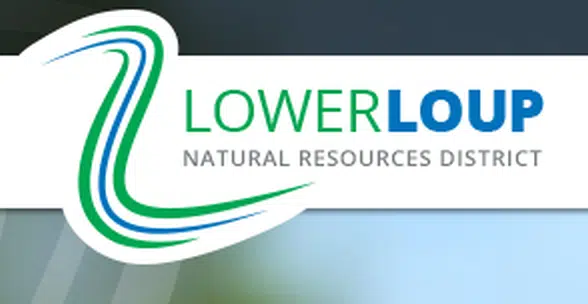Lower Loup Natural Resources District
Alan Bartels, Information & Education Coordinator
Volume 46, No. 7 (July 2025)
Irrigation season is upon us here in Nebraska. We all know that water is important and that we need it to live. But how much do we really know about water? Here are a few Nebraska water facts from the Nebraska Water Center (and a couple other sources) that I hope will inspire you to think about water conservation as well as helping to protect water resources from contamination.
• Nebraska has the most substantial groundwater resources of any U.S. state thanks to the Ogallala Aquifer, which is part of the High Plains Aquifer. In Nebraska alone, more than 192,000 registered groundwater wells tap into those subterranean resources.
• Groundwater (aquifers) and surface water (streams, lakes, wetlands) are connected. Makes sense, but in Nebraska and elsewhere, groundwater and surface water have been managed differently. We now know that practices that influence groundwater also impact surface water, and vice versa. More than 90% of the streamflow in the Loup Rivers system begins as groundwater.
• Irrigation for agriculture makes up 91% of Nebraska’s total consumptive water use. Another 5% is used in homes. Industry, thermoelectric projects, and livestock use 1% each.
• Research shows that in 2016, Nebraska’s cattlemen raised 1.8 times the amount of beef per gallon of water used, and 5.1 times more milk, than in 1960.
• Research shows that in 2014, Nebraska’s farmers grew 1.7 times more corn, and 1.8 times more soybeans per gallon of water used, than in 1990.
• On average, each Nebraskan uses 122 gallons of water every day.
• Home water use in Nebraska has dropped by 1/3 over the last two decades.
• Public water supply systems serve 1.69 million Nebraska residents. The Environmental Protection Agency requires that municipalities test for 90 potential contaminants.
The remaining 360,000 Nebraska residents get their water from private wells that are exempt from mandatory testing for contaminants. The University of Nebraska Medical Center (UNMC) recommends that people who rely on private wells for their water order a testing kit from an official lab in order to determine if that water is safe. If it isn’t, a treatment/mitigation plan can be developed. UNMC also states that the most common contaminant in Nebraska water is nitrate related to nitrogen fertilizer use, and that ingesting nitrate contaminated water can cause premature births, birth defects, pediatric cancers, adult cancers, and other lifetime health impacts. Find information on ordering water test kits at the end of this article.
• Our water resources are finite. The Bureau of Reclamation states that 97% of the world’s water is salt water. Three percent is freshwater, but only .5% of the world’s water is fresh water recoverable for human use. While Nebraska’s groundwater resources may seem immense, in the grand scheme of things, our water truly is rare and precious and must be protected and preserved.
Nebraska’s Natural Resources Districts are charged with helping to protect water from overuse and pollution, but all water users share that responsibility.
Wherever there is a well, faucet, spigot, showerhead, sink, toilet, drain, ditch, sprinkler head, or natural water source, each of us can have a direct impact in helping to conserve and protect our precious water resources – both for future generations – and because its just the right thing to do.
Order water test kits at: www.nebraska.gov/dhhs/water-test-kits/private.html


















Comments